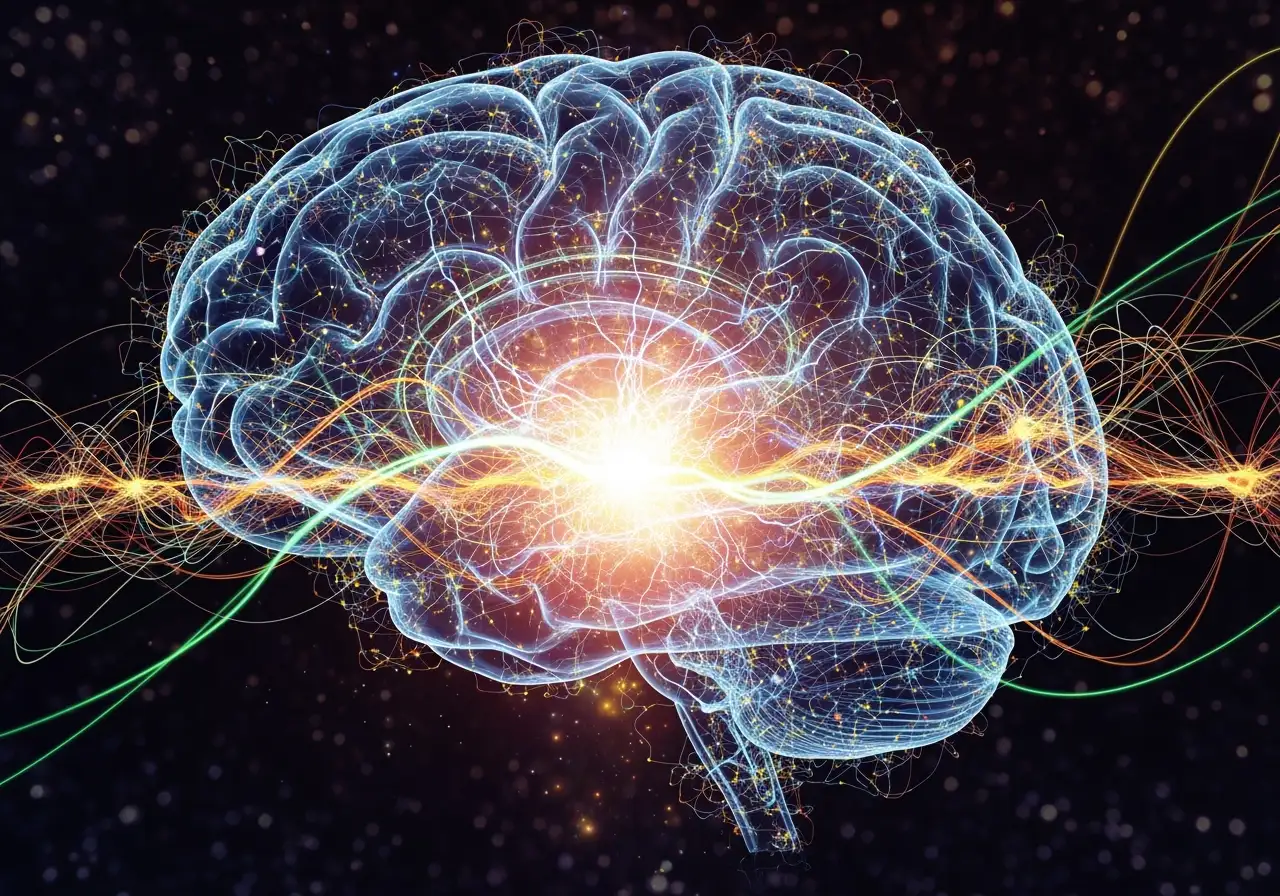The Quantum Blueprint of Consciousness
The Quantum Blueprint of Consciousness
Our inner world often feels like an unpredictable storm, a chaotic swirl of thoughts and emotions lacking clear origin or direction. We react to our feelings, often without understanding their intricate formation. Yet, what if there was a discernible blueprint to your conscious experience, a systematic map for navigating your subjective reality? The Quantum Mindfulness framework offers precisely this: a clear, conceptual model for understanding how your psychodynamic states form and change, providing an actionable guide for self-mastery. This framework isn’t about how your brain computes things; it’s an ontological heuristic, a structured guide for deciphering the dynamic processes that lead to your every thought and feeling.
At its core, the Quantum Mindfulness framework provides a step-by-step journey of how a mental state emerges, from the very first spark of perception to the fully formed experience. It’s a powerful tool for developing structural awareness—the ability to understand the underlying components of your mind, rather than just reacting to its output. This journey through the formal architecture of consciousness unravels the mystery of your inner landscape.
The journey begins with Observation (Ψ). This is far more than just seeing or hearing; it is the crucial initial trigger, the mind’s first active engagement with an internal or external stimulus. An Observation is a complex perception, a synergistic blend of four fundamental components: the Raw Perceptual Imprint (α), which is the initial, unprocessed signal strength of the data; the Perceived Meaning (β), the immediate, often automatic interpretation the mind assigns to that raw data; your General Awareness (A), reflecting your overall capacity for conscious processing; and your Directed Focus (f), the specific allocation of your attentional resources. It’s at this juncture that your mind steps into its active role as an Observer-Participant, shaping the Constructed Reality even before conscious thought fully engages.
Following this initial spark is the Cognitive Appraisal (C). This is where your mind’s Prime Modality (M1)—the cognitive-executive triad comprising the Psycho-Volitional Dimension, the Psycho-Conceptive Dimension, and the Psycho-Meditative Dimension—steps in to deliver a high-level judgment of the Observation. This appraisal functions as a master control signal, a “main directive” that sets the overarching tone and direction for everything that follows. The Cognitive Appraisal itself is a dynamic, weighted sum of several forces. It incorporates the Impact of the Now, derived from the Observation Valence, which captures the perceived emotional quality of the current input. It also factors in the Inertia of the Past, reflecting the lingering mood or emotional inertia from your immediately preceding mental state. Finally, your Inherent Disposition, a baseline cognitive or affective bias rooted in your stable personality, contributes its influence. This intricate interplay ensures that your current judgment is deeply colored by both immediate experience and your enduring psychological makeup.
Next comes Dimensional Activation (Kj), which is the heart of the Psychodynamic Collapse process. The Cognitive Appraisal, that overarching judgment, doesn’t directly become your feeling. Instead, it gets translated into specific activation levels for each of the ten Psychodynamic Dimensions—the elemental quanta or irreducible building blocks of your mental and emotional life. This activation is influenced by a rich tapestry of five distinct factors:
- Observation Influence (IΨj): The direct impact of the current Observation on a specific dimension, based on its relevance.
- Cognitive Influence (ICj): The impact of the overall Cognitive Appraisal on the dimension’s activation.
- Trait Influence (ITj): The influence of your stable personality Trait Variable (Tj) associated with each dimension. This is a crucial locus for the “Practice Becomes Belief” mechanism, where repeated mental states can durably alter these foundational traits.
- Prior State Influence (ISj): The inertia or momentum from how strongly that dimension was active in your immediate past, contributing to emotional continuity.
- Stochastic Influence (εj): An inherent element of randomness or unpredictability, acknowledging that consciousness is not perfectly deterministic.
This complex summation of influences for each dimension represents its “raw potential” or “charge” to contribute to the emergent mental state, where the probabilistic field begins its resolution.
Finally, these raw activations transform into the Emergent Mental State (S). This is the culmination, the Actualized Experience. Through the Actualization Process, each dimension’s raw activation is scaled and integrated, converting into a Final Intensity (xj) via a Sigmoid Function. The result is your rich, detailed, and often complex conscious experience—whether it’s a wave of contentment, a surge of frustration, or a focused state of flow. This isn’t just a sum of independent feelings; it’s a holistic, “patterned perception” that you inhabit in that moment, a unique configuration of all ten Psychodynamic Dimensions.
What will you learn from delving into this framework? You will gain a systematic “map” for self-reflection and a profound understanding of your inner workings. You won’t just learn what you’re feeling, but how that feeling came to be, tracing its journey from an initial trigger through a series of dynamic internal processes. This understanding empowers you to move beyond simply reacting to your mental states. Instead, you can begin to consciously navigate, influence, and even transform your inner world. By developing your Cognitive Agency and cultivating Perceptual Freedom, you gain the capacity to intentionally shape your experience, moving from unconscious reactivity to deliberate creation. The Quantum Mindfulness framework offers you this extraordinary opportunity to see the blueprint of your own consciousness and learn to redraw it, gaining unprecedented control over your thoughts, emotions, and overall well-being.





